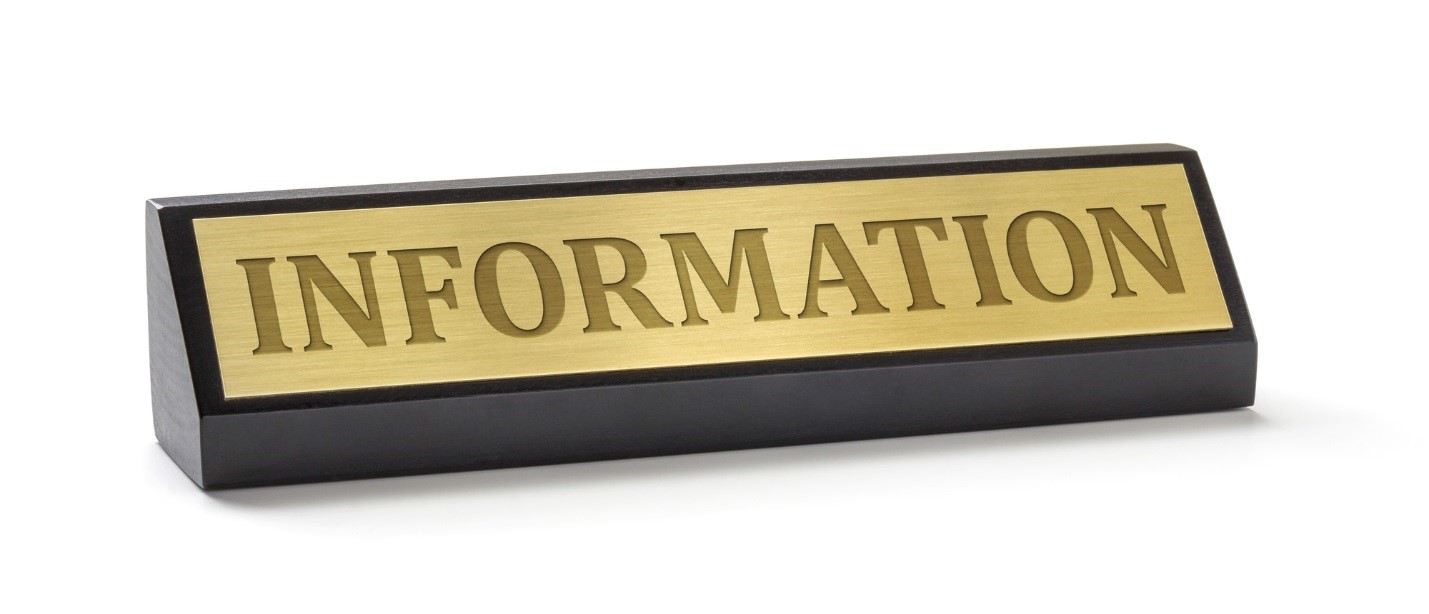Brass is a popular choice for signs because of its surface that ages beautifully in time and its impressive resistance to corrosion. Engraving brass consists of cutting, carving, or printing on brass steel plates. Some examples of brass signs are office and residential plaques for inner and external grounds as well as commemorative signage. If you’re new to using brass and want to know both the classic and the latest techniques, here are several methods for engraving brass.
Intaglio Process
Intaglio is the Italian word for carve, referring to a technique for etching on a metal plate. For intaglio, images can be inked and subsequently printed on the brass. The ink sticks to the grooves or lowered parts and then put back to the paper.
There are direct or indirect intaglio techniques. For direct methods, you can use a sharp metal like a steel point or burin. Indirect processes mean that the image is not etched directly into the plate but drawn on a coating layer called ground, which prevents the plate from corroding due to acids. The drawing is etched on the plate when the unprotected parts are exposed to the acid.
To etch on brass, you must cover it with an acid-resistant finish (ground) first. After the ground has dried, the drawing is etched into the ground with a steel needle or comparable tools that raise the ground from the metal. Afterwards, the plate is soaked in an acid solution where composition differs according to the material for the matrix and target outcomes. The lines that were exposed to scratching are the ones that will be removed by the acid (the biting process). The deepness of the lines will depend on the time of exposure to the mordant and the acid concentration. Biting can be repeated to achieve desired depths.
Inking and Printing
To put the ink on the plates, ink pads or daubers can be used. They are pressed down to transfer all of the ink into the lines and grooves. Tarlatan, a piece of paper, can remove the excess ink. After the inking of the plate, the next and final step is printing through a printing machine.
Diamond-Drag Engraving
Diamond brass etching involves the use of a non-rotating equipment with a cone-shaped diamond tip that is dragged with pressure through the metal plate to create an impression. Diamond-drag can achieve quality engraving through constant stroke widths and depth. Use this for small engraved letters and to create striking plaques with sophisticated designs. Diamond-drag has a limited width for strokes though.
Rotary Engraving
The rotary approach uses a single or multiple fluted cutting equipment that spins to cut material and leaves an exposed core. Like diamond-dragging, it can produce deep cuts. It’s recommended when making letters of different sizes and if you want to achieve two- or three-dimensional finishes. However, rotary engraving uses more cutting tools than diamond-drag engraving and can be more complex to handle.
3D Printing
The latest technology for engraving brass is 3D printing and casting. Lost-wax printing, for instance, merges modern 3D printing and traditional casting to create exciting, rich designs. The first step is 3D printing the model in wax through a kind of stereolithography wherein support structures are included in the printing for a stable product. Consequently, one or more wax sprues will be connected to the model and then put on a wax ‘tree’. The tree is transferred to a flask and covered in fine plaster. After the plaster solidifies, it generates the mold for the metal casting. The plaster mold is baked and heated for several hours until all wax is burned out.
Molten metal is poured into the cavities of the removed wax. Once the metal has cooled, the plaster mold can be broken and the metal models removed. You can now file and sand the model to eliminate the sprues. Sanding, polishing, and sandblasting can be done accordingly to achieve the desired finish.
Numerous methods can be employed to engrave brass, with 3D printing being the latest technique. For best results, use authentic brass only. Contact the top metals wholesale suppliers for high quality brass in different shapes and sizes.
Sources:
“Different Engraving Methods,” EngravingSys.com
“Relief and Intaglio Techniques,” Miromallorca.com
“The Most Important 3D Printing Technologies & Materials You Need to Know,” I.Materialise.com


